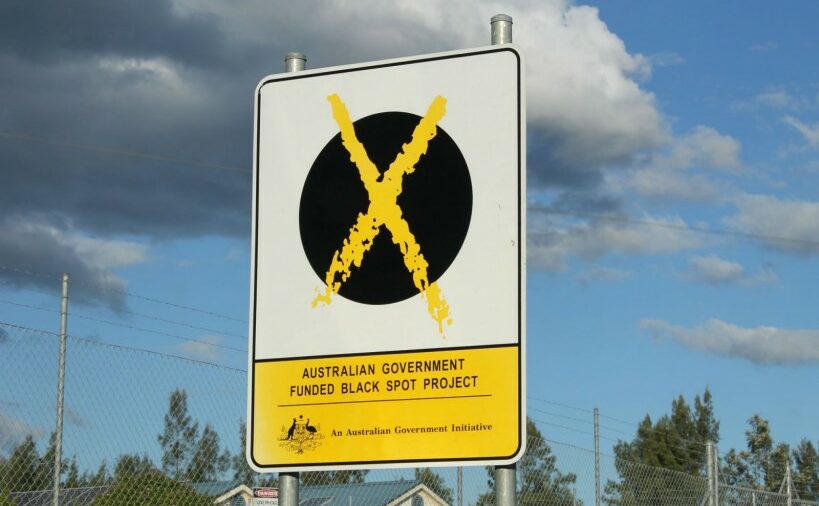In Sydney, the worst place for car accidents is the Hume Highway at Liverpool. It has held this position for the past 8 years except one. Meanwhile, Friday is the most dangerous day of the week for crashes and any weekday afternoon between 1pm and 4.30pm. Find out how to avoid the worst accident black spots.
The car crash black spots
Insurer AAMI analysed 360,000 collisions and compiled a top five of car crash hotspots in NSW. Two tied for each of 4th and 5th places:
- Hume Highway, Liverpool
- M4 motorway, Parramatta
- Pacific Highway, Chatswood
- M5 motorway, Moorebank and Victoria Road, West Ryde
- Richmond Road, Marsden Park and Hume Highway, Yagoona
The most common type of crash in Australia is bumper-to-bumper nose-to-tail. However, in Hobart, most crashes are in car parks and in Canberra, most are animal strikes or related to speed.
The most dangerous suburbs
Insurer NRMA has analysed the top 10 most dangerous suburbs for collisions on the road. The top four are Sydney CBD, Blacktown, Bankstown and then Liverpool. The other suburbs, in order, are Port Macquarie, Parramatta, Penrith, Castle Hill, Campbelltown and Chatswood.
- Younger drivers under 25 are involved in 9% of accidents
- Older drivers 71-75 are involved in 8% of accidents.
Younger drivers are most likely to crash in the top 10 suburbs above, with Merrylands replacing Port Macquarie.
Older drivers are more likely to crash in regional locations like Port Macquarie, Coffs Harbour, Wagga Wagga and Dubbo. Other black spots for older drivers are Castle Hill, Sydney CBD, Chatswood, Mosman, Penrith and Campbelltown.
Who is most likely to crash?
Males aged 35-49 are overrepresented in road crashes. It’s not clear whether this is because more of them have licences or because more are on the roads for work purposes. However, AAMI says more women than men crash in Hobart and Darwin.
In Sydney, men and women are equally likely to make insurance claims. However nationwide, people 35-49 are most likely to make a claim.
What’s the main reason for crashing?
The top reason for crashing appears to be that many drivers don’t know how to merge safely.
IAG research found:
- 54% of Australian drivers say they have trouble merging
- 83% claim they have experienced other drivers’ poor merging.
Ironically, the problem is many drivers travel too slowly when merging. If the traffic on the main road is travelling 90 to 100 kph, there is a serious risk of rear ending. But even in slower traffic, some drivers already in the lane may stop others from merging.
Read Are you a courteous driver?
See Bad driving habits to unlearn
Drivers with good driving habits tend to get cheaper greenslips.


your opinion matters: